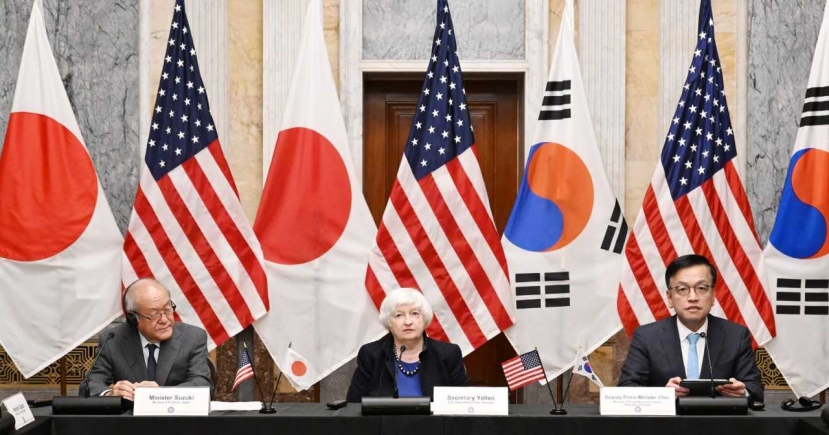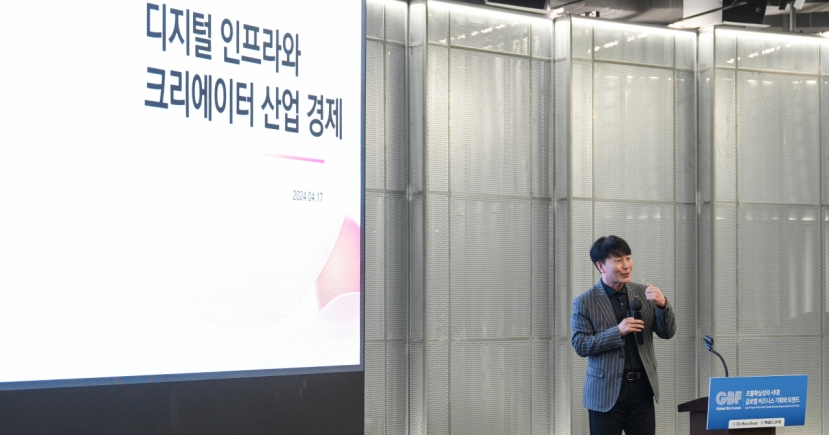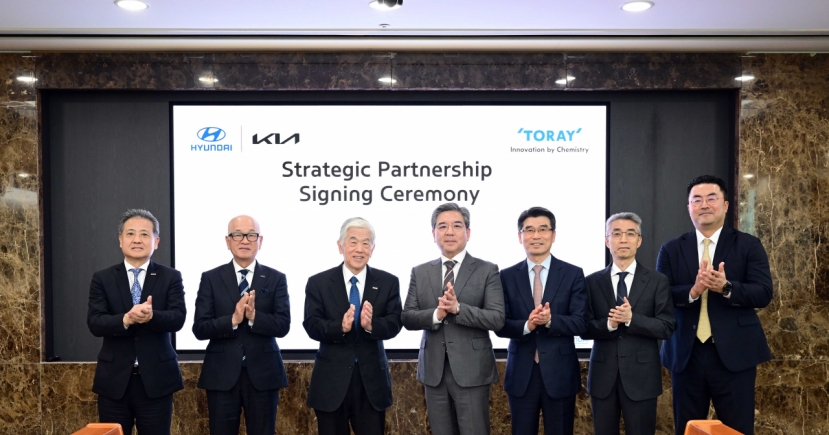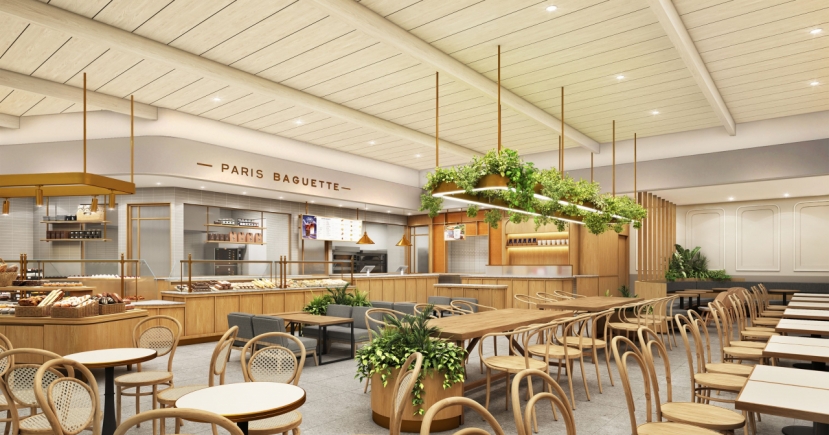Economy
[BIG REUNION] Five reasons why Kaesong Industrial Zone will survive
[THE INVESTOR] The upcoming inter-Korean summit has created much hype and anticipation for how relations between the two will end up. There is talk of declaring the end of the Korean War and possibly, even reunification.
But one thing that isn’t on the table is the reopening of the Kaesong Industrial Zone, one of the most significant inter-Korean economic activities so far. Those who were forced to leave their factories and offices definitely have mixed feelings.
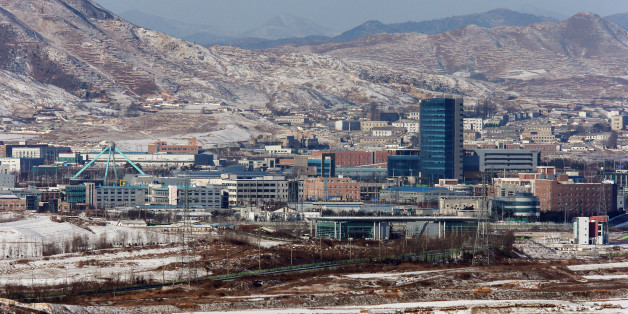 |
Kaesong Industrial Zone |
“The resumption of the Kaesong industrial complex is off the agenda this time, and it doesn’t seem promising at this point as it would be an immediate violation of the UN Resolution,” Kim Byung-yeon, an economics professor at Seoul National University, told The Investor. “Maybe they could casually mention it, but that would be about it.”
While it may be disappointing for the Kaesong business owners who have not been back at their factories for a little over two years since the Park Geun-hye government slapped a suspension, experts say it is quite likely for the zone operations to be resumed. Here are the five reasons why.
1. North Korea needs the cash
Former Unification Minister Jeong Se-hyun recently predicted that cash-strapped North Korea would probably request resumption of the Kaesong Industrial Zone.
As of October 2014, the complex produced US$390 million worth products annually. Around US$13 million worth was exported, according to the Ministry of Unification. At that time, there were 54,000 North Korean workers and their average salary was US$146.70.
North Korea’s economic situation has never been that great, and under Kim Jong-un who has been in power since 2011, the country’s GDP growth rate was at best 1.3 percent. In 2016, Bank of Korea estimates show that North Korea’s GDP grew 3.9 percent to hit a 17-year high. However, this was because of the end of a severe drought.
Kim has now declared a shift in his economic policies. At the third plenary session of the seventh Workers’ Party meeting, he said that it’s time to focus the nation’s resources on building up the economy.”
Meanwhile, the authorities including the Land Ministry says it would take at least six months to resume activities at the industrial complex.
2. Kaesong business owners want to go back
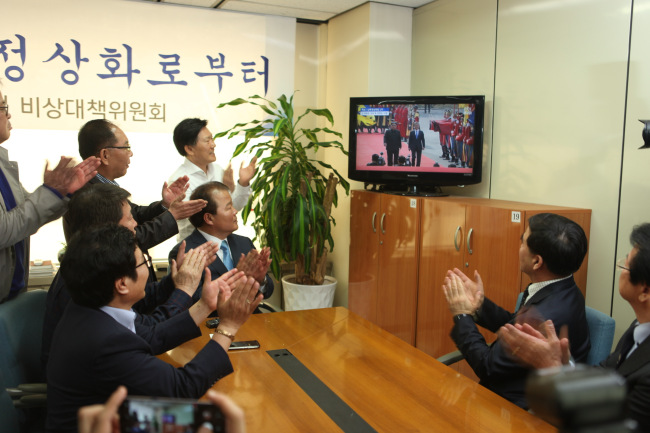 |
Representatives of tenant companies of Kaesong Industrial Zone celebrate at their office in Seoul on April 27 as South Korean President Moon Jae-in and North Korean leader Kim Jung-un meet at the Peace House. |
Two years were long enough to put a major strain on some Kaesong businesses, or even make them bankrupt. About 10 companies out of the 123 firms who were operating in Kaesong are believed to have halted their businesses, and another 30 have built alternative facilities in foreign countries. But there are still people who are eager to go back.
“Ninety-nine percent of Kaesong businesses would probably want to go back because of the low costs and language advantages,” said Moon Chang-seop, CEO of Samduck Tongsang, a member of the Corporate Association of Kaesong Industrial Complex.
It might not actually be 99 percent, but a survey conducted on 82 KIZ companies last year showed that 67 percent of them were willing to return should the South-North joint complex open while 7 percent found it difficult or are unwilling to go back. Twenty-six percent said they will decide depending on the situation.
“Now we’re waiting for the summit to end, but the optimism is weighing in with North Korea’s announcement to stop nuclear tests, talks on economic cooperation could resume faster than originally anticipated,” said Shin Han-yong, head of the association.
3. It was an election pledge
The Moon Jae-in government included creating a “New Economic Map” of the Korean Peninsula in his election pledges.
This initiative is also a part of the government’s top 100 policy tasks, and it includes expanding the Kaesong Industrial Zone from 92,500 square meters to 30 million square meters, and also three economic belts linking South and North Korea’s coastlines and the Demilitarized Zone.
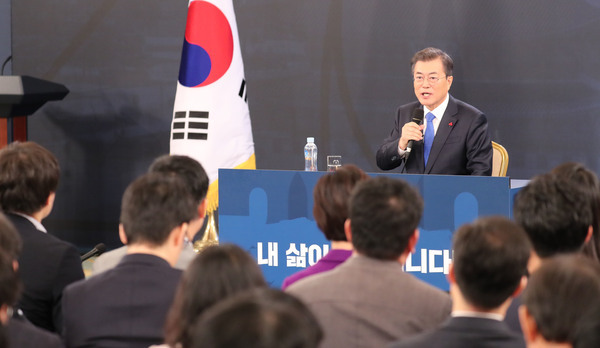 |
South Korean President talks to the press during the new year press conference on Jan. 10, 2018. |
To support his policy on South-North economic cooperation, the government earmarked 248 billion won for inter-Korea economic cooperation in 2018, compared with 139 billion won last year. The budget includes construction costs for the South Korean part of the railway project that links Seoul and North Korea’s Wonsan, in Gangwon Province.
The government is also building up human resources for the inter-Korea economic cooperation.
Experts here said the government will announce the detailed roadmap for the initiatives which the Ministry of Unification is drawing up after two summits. The Ministry of Unification declined to comment, saying that it would talk about South-North economic cooperation “only after the denuclearization talks are done.”
The “New Economic Map” Initiative of the Korean Peninsula. What is it?
The map consists of creating three economic belts shaped like the alphabet H. These are the energy-resource belt in the East Sea, the industry-logistics and distribution-transportation belt in the West Sea and the environment-tourism belt at the Demilitarized Zone.
The Korean government aims to create synergies by connecting the belts with relevant strategies of neighboring countries, such as China’s One Belt and One Road Initiative, Russia’s New Eastern Policy, and Mongolia’s Prairie Road initiative, according to Unification Minister Cho Myoung-gyon.
4. It’s more than just business
The Kaesong Industrial Zone is an example of effective division of labor considering the economic conditions of two Koreas and it will create cash for North Korea and South Korea can lead the economic integration. More importantly, it has more values than just economic ones, according to experts.
“It is highly possible that Kaesong will be resumed considering it is the symbol of the South-North exchange, cooperation, reconciliation, peace and it is also Kim Jong-il’s will,” said Lim Eul-chul, North Korean studies professor at Kyungnam University.
“The resumption has come closer with North Korea’s announcement of halting nuclear tests. But the precondition is a successful summit between Kim Jong-un and Donald Trump,” Lim said.
Chung Dong-young, South Korea’s unification minister when the industrial complex was established, also emphasized it’s a symbol of peace and reunification.
“It the symbol of the national security and coexistence,” said Shin of CAKIC, whose fishing net factory hired 200 workers in Kaesong.
5. Undo the wrong
Kaesong Industrial Zone was ordered shut by former President Park Geun-hye. A nine-member committee of civilian experts in December last year said in a report that the decision was made without proper consultations and lacked legitimacy. The former government had said that the shutdown was decided at a National Security Council meeting on Feb. 10, 2016, right before the announcement. But the report showed that Park made the order two days earlier.
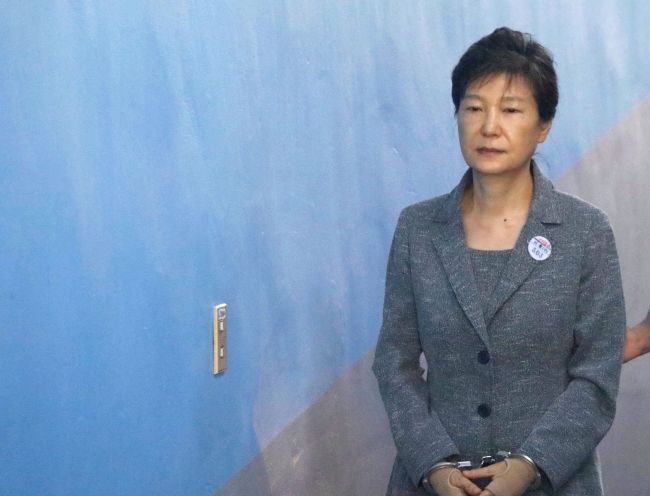 |
Former President Park Geun-hye |
The report also said found that there was lack of evidence or information to back the shutdown. At that time, the Unification Ministry said that the move was aimed at preventing money generated by the industrial complex from bankrolling North Korea’s nuclear and missile development. But the committee said that there is not much sufficient information or evidence to support the claim. Critics, however, say that regardless of the legitimacy, shutting down the complex was the right move considering how North Korea was escalating its provocations.
By Park Ga-young (gypark@heraldcorp.com)


